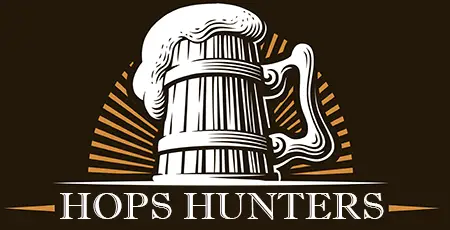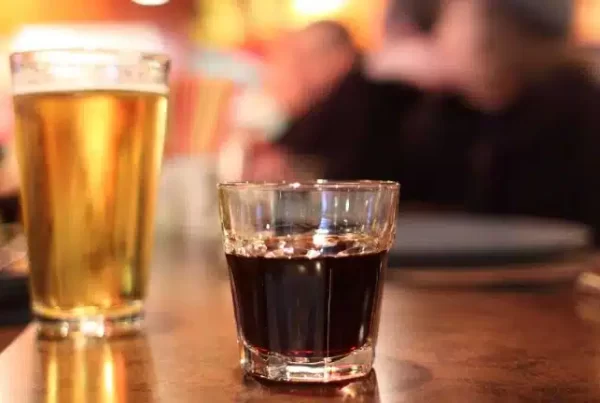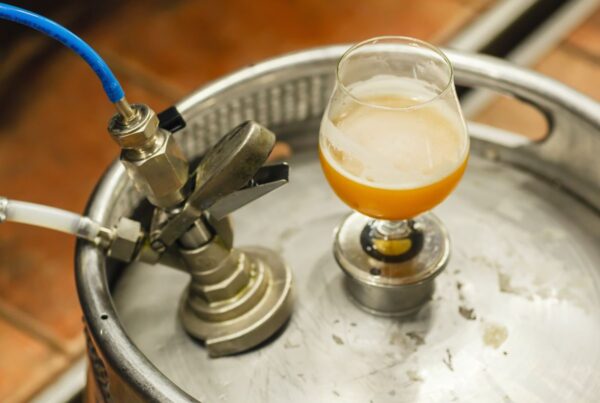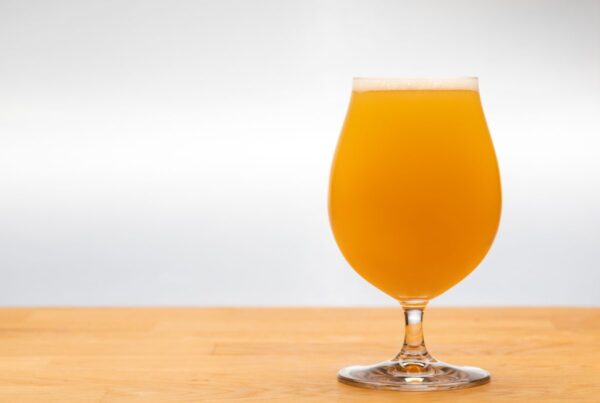Why Does Beer Bubble For So Long?
Ever caught yourself staring into your pilsner glass, mesmerized by the never-ending stream of bubbles, and wondered, “Is my beer trying to send me a message? A tale of wasted years, a road paved with heartaches and tears, perhaps?”
Turns out you’re not the only one watching the bubbles in your beer. So let’s cut the chatter and dig into the real question here: Why does beer constantly bubble?
How Does My Beer Have an Infinite Stream of Bubbles?
Okay, it’s not exactly “infinite,” but it sure looks that way. There is a lot of carbon dioxide (CO2) in beer—more than you might think.
When the beer is still sealed in its can or bottle, the CO2 is held in check by pressure. Once you open a beer and that seal is broken, the pressure decreases, allowing the CO2 to start releasing. In this case, not all the CO2 escapes at once. It’s a gradual process, which is why you get that seemingly endless stream of tiny bubbles rising to greet you.
Why Does Beer Only Bubble from the Bottom?
Interestingly, bubbles actually don’t just come from the “bottom of the glass.” They originate from what are called nucleation sites. In terms of your beer bottle or glass, these are just microscopic imperfections or scratches on the inside of the glass where carbon dioxide gas can latch on and begin to form bubbles.
However, if your glass is relatively imperfection-free, your bubbles will be fewer, and will likely start from the bottom due to pressure differences in the liquid.
What Makes Beer Keep Bubbling Once It’s in the Glass?
So you’ve got your beer poured perfectly into a glass, and it’s doing its best impression of a jacuzzi—what keeps the bubbles coming? It’s the carbon dioxide (CO2) that’s dissolved in the beer.
When beer is brewed and subsequently carbonated, CO2 gets trapped in the liquid. Once the beer is poured into a glass, that CO2 wants to escape, transforming from its dissolved state into air bubbles.
The continuous bubbling is not just due to the carbonation process but also to factors like the beer’s temperature and even the shape of the glass. Colder beer will hold onto its CO2 longer, resulting in more prolonged bubble action.
Similarly, certain glass shapes can facilitate more or less bubbling:
- A tall, narrow beer glass (like this Yuengling pilsner glass) will channel the bubbles more effectively, creating a faster, more concentrated upward flow.
- A wider glass (like this beer pint glass with built-in shot glass) will disperse the bubbles, making for less intense, but wider-spread effervescence.
Final Thought Bubbles
Whether you’re a casual drinker or a bona fide beer aficionado, understanding the whys and hows of beer bubbling can enhance your overall beer drinking experience.
So next time you’re staring into that glass, you’ll know you’re not just watching bubbles—you’re observing a bona fide phenomenon of physics and chemistry. You’re a bona fide citizen scientist! How bona fide cool is that? Have we said “bona fide” enough? Okay, let’s rein it in.
While we’re on the subject of getting deeper into your beer experience, why stop at the bubbles? We’ve got some of the best beer reviews and in-depth nutritional and ingredient profiles on our site that cover everything from ABV to IBU. Become the beer connoisseur you were always meant to be—right here at Hops Hunters!






